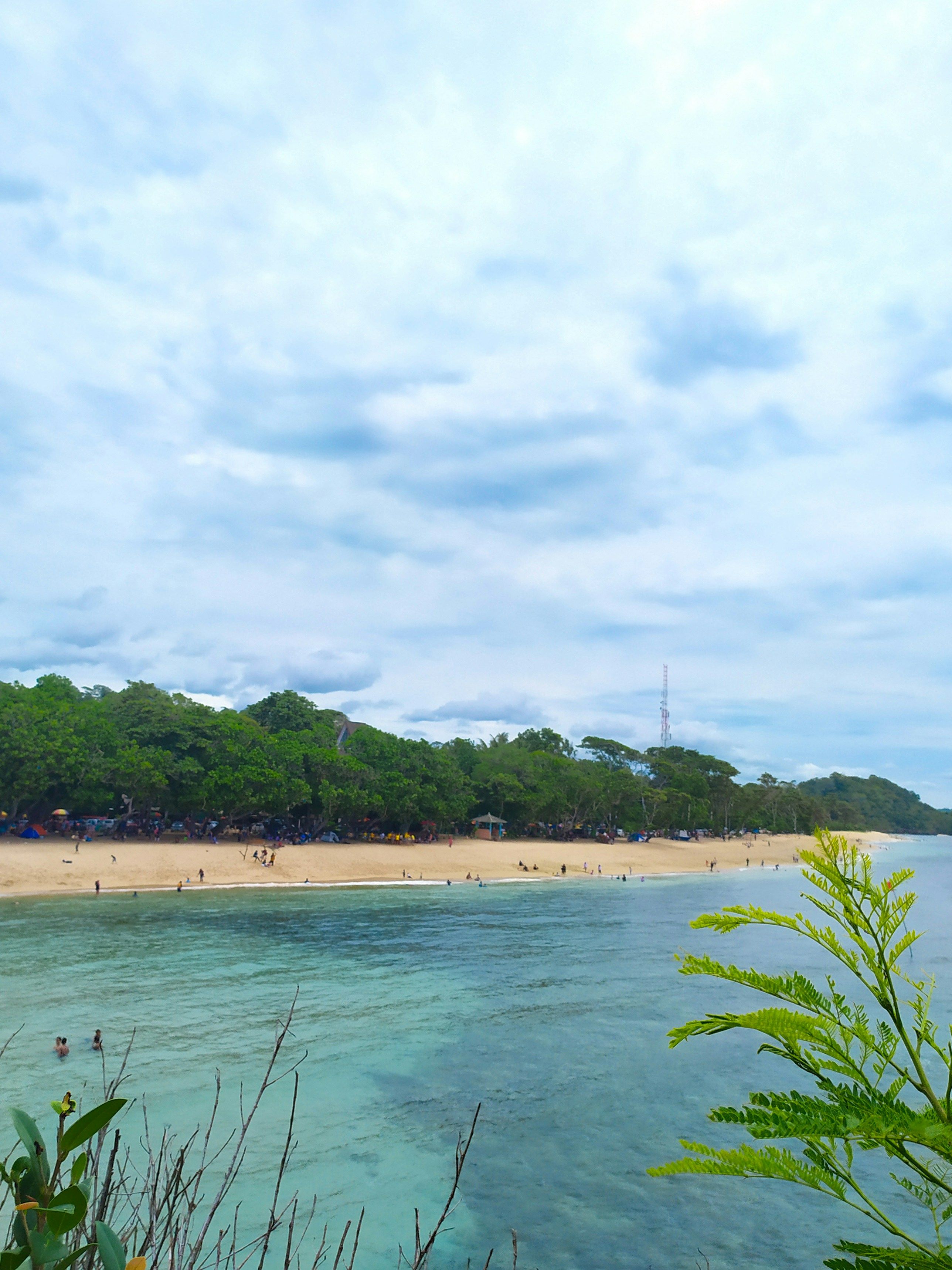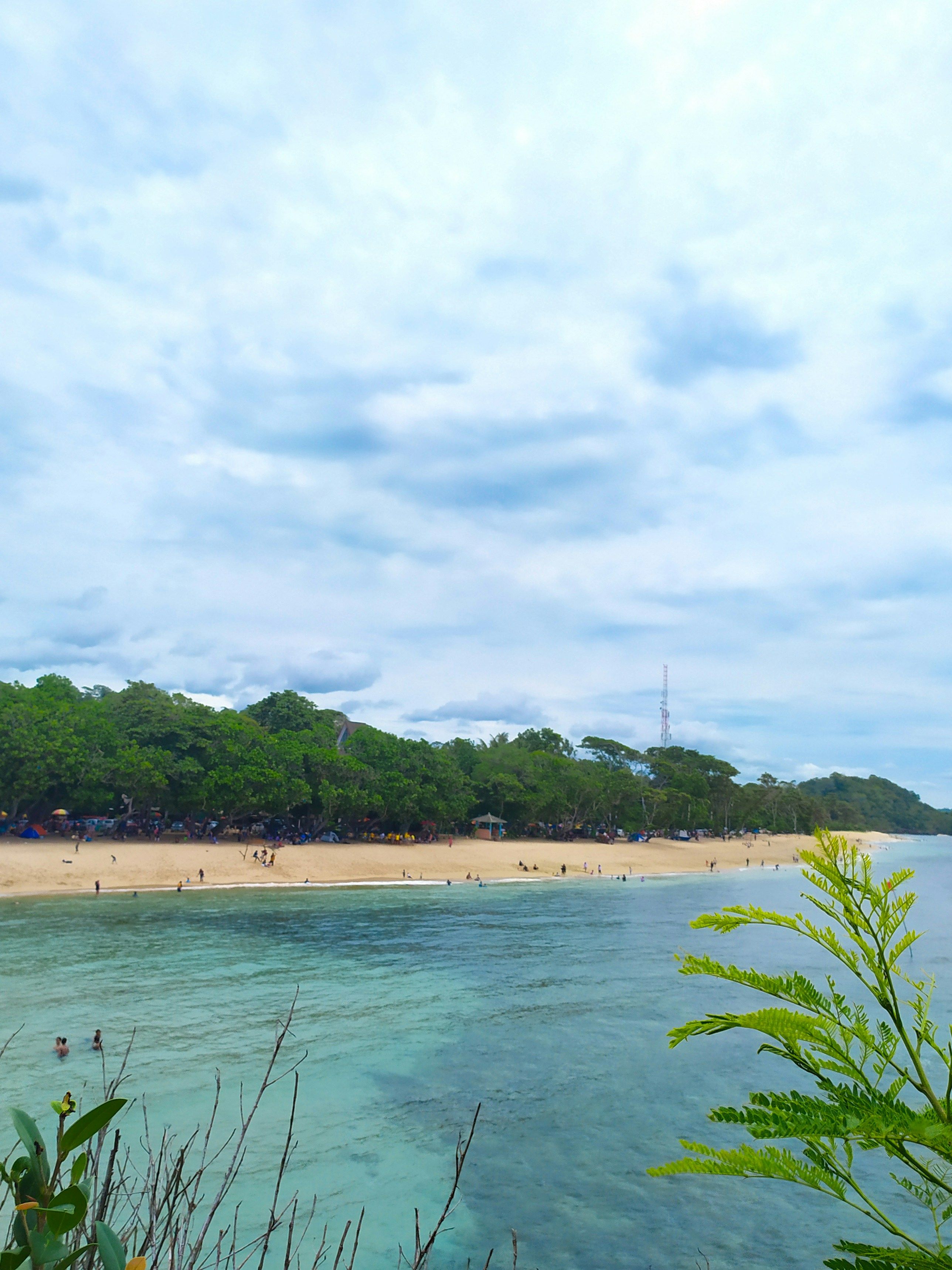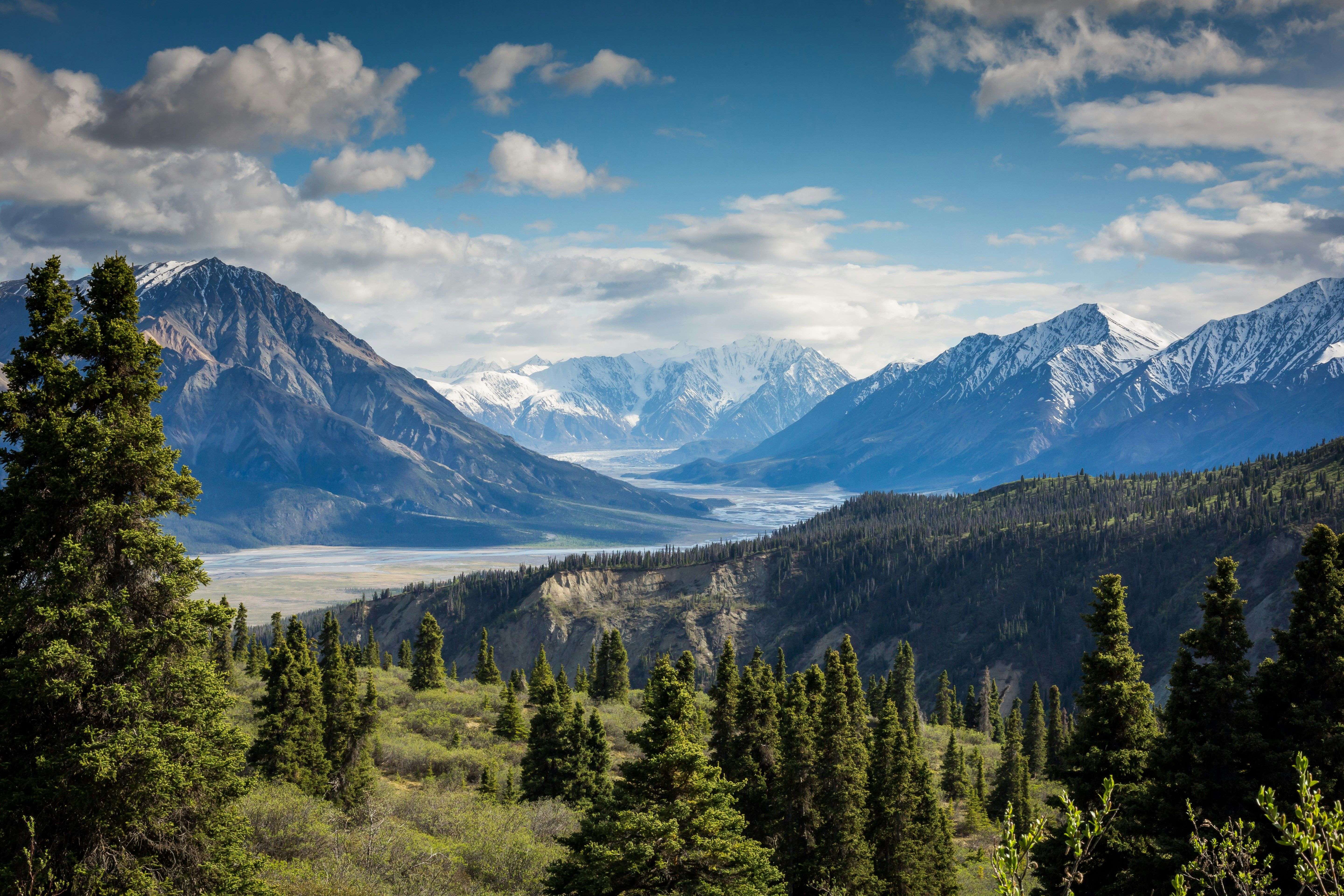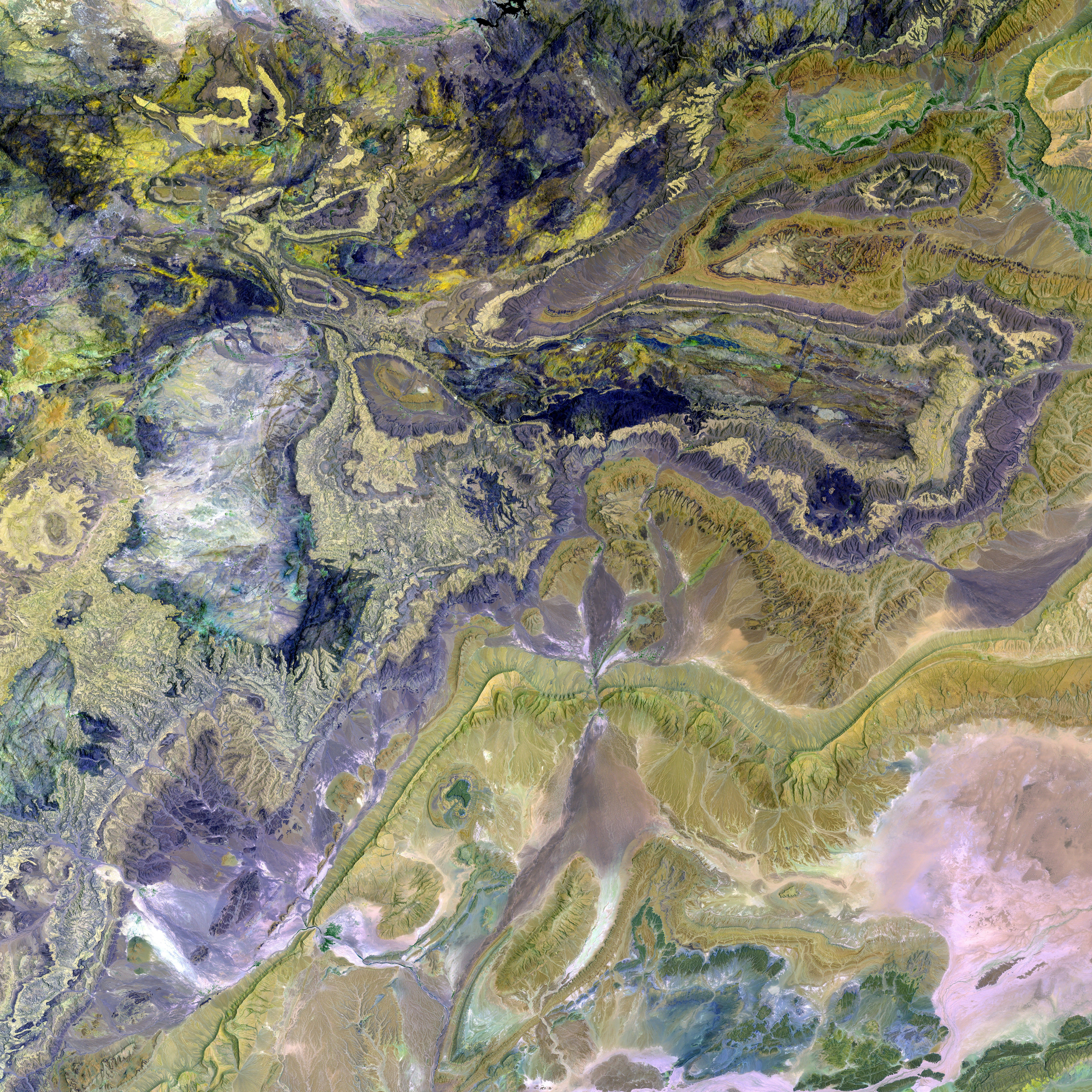Boosting Berlin's Green Energy Network: 50Hertz's Underground Power Highways
Underground Power Infrastructure Expansion: 50Hertz to Construct Three Energy Tunnels in Berlin - Berlin sees construction of three subterranean power transmission corridors by 50 Hertz
There's a new development on the horizon for the capital city of Berlin! The transmission grid operator, 50Hertz, plans to build three innovative, subterranean power highways, aiming to beef up transport capacities and support renewable energy efforts. Let's take a closer look at the impact on residents and the urban space.
Upgraded Power Supply for Berlin's Future
Stefan Kapferer, 50Hertz's CEO, emphasizes the importance of a robust, green energy supply for Berlin's economic growth. The upcoming underground power lines will enhance the city's infrastructure without causing significant disruption to the urban landscape.
Enhancing the Berlin Cable Diagonal
One project entails improving the Berlin Cable Diagonal—a path that stretches from northwest to Marzahn in the east, traversing the city. A new six-kilometer section between the substations Reuter and Teufelsbruch in Berlin-Hakenfelde will be implemented, with cables buried up to 40 meters below the ground. A four-meter-diameter tunnel will be created for the cables, replacing the existing route. This upgrade should result in a 40% increase in capacity.
The Berlin South and North Cable Projects
The Berlin South Cable Vertical is another tunnel project covering 14 kilometers, with a start point in Brandenburg near the capital's border in Großbeeren. The Berlin North Cable Vertical, on the other hand, is an approximately 20-kilometer line, with 17 kilometers buried underground. The line starts at SS Reuter, connects a new, yet-to-be-built substation in the Tegel area, and ends at SS in Malchow.
Consequences for Residents and Urban Space
The construction schedule for the new power lines starts in 2030 and concludes by the end of the 30s. Although most of the work will occur underground, it's uncertain what restrictions residents may face during this period. Kapferer emphasizes that construction in densely populated areas requires careful consideration and dialog with all involved parties.
The Advantages of Subterranean Power Lines
These underground lines will preserve the city's aesthetics since they won't alter the skyline, avoiding the visual disruption that above-ground lines may cause. Additionally, the subterranean construction will minimize surface-level disruptions compared to traditional power lines. The enhanced infrastructure will support the city's growth while meeting its increasing energy requirements from renewable sources without sacrificing the urban environment.
In conclusion, the project strikes a delicate balance between reinforcing Berlin's energy infrastructure and maintaining the city's urban landscape.
[1] Study: Impact of Underground Power Lines[2] Aesthetic Impacts of Power Lines[3] Building Infrastructure in Urban Areas
As part of 50Hertz's plan to strengthen Berlin's green energy network, they aim to incorporate technology in the form of subterranean power highways. With vocational training being crucial for any construction project, it is essential to ensure that workers are adequately skilled to execute these complex underground line installations.
By burying power lines underground, Berlin can effectively eliminate the disturbance caused by traditional above-ground power lines, preserving its aesthetic appeal and enhancing the overall city experience. This technology-driven approach to infrastructure development aligns with Berlin's mission to reinforce its energy infrastructure while maintaining its urban environment.




